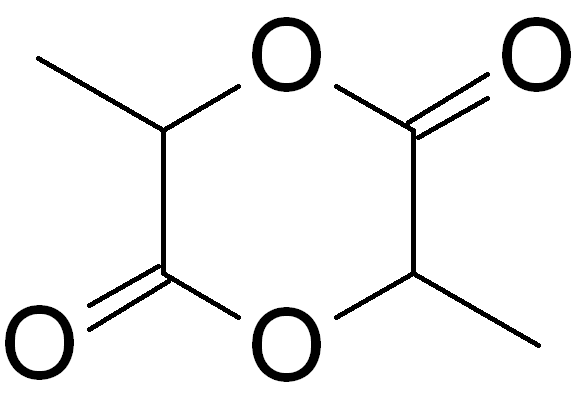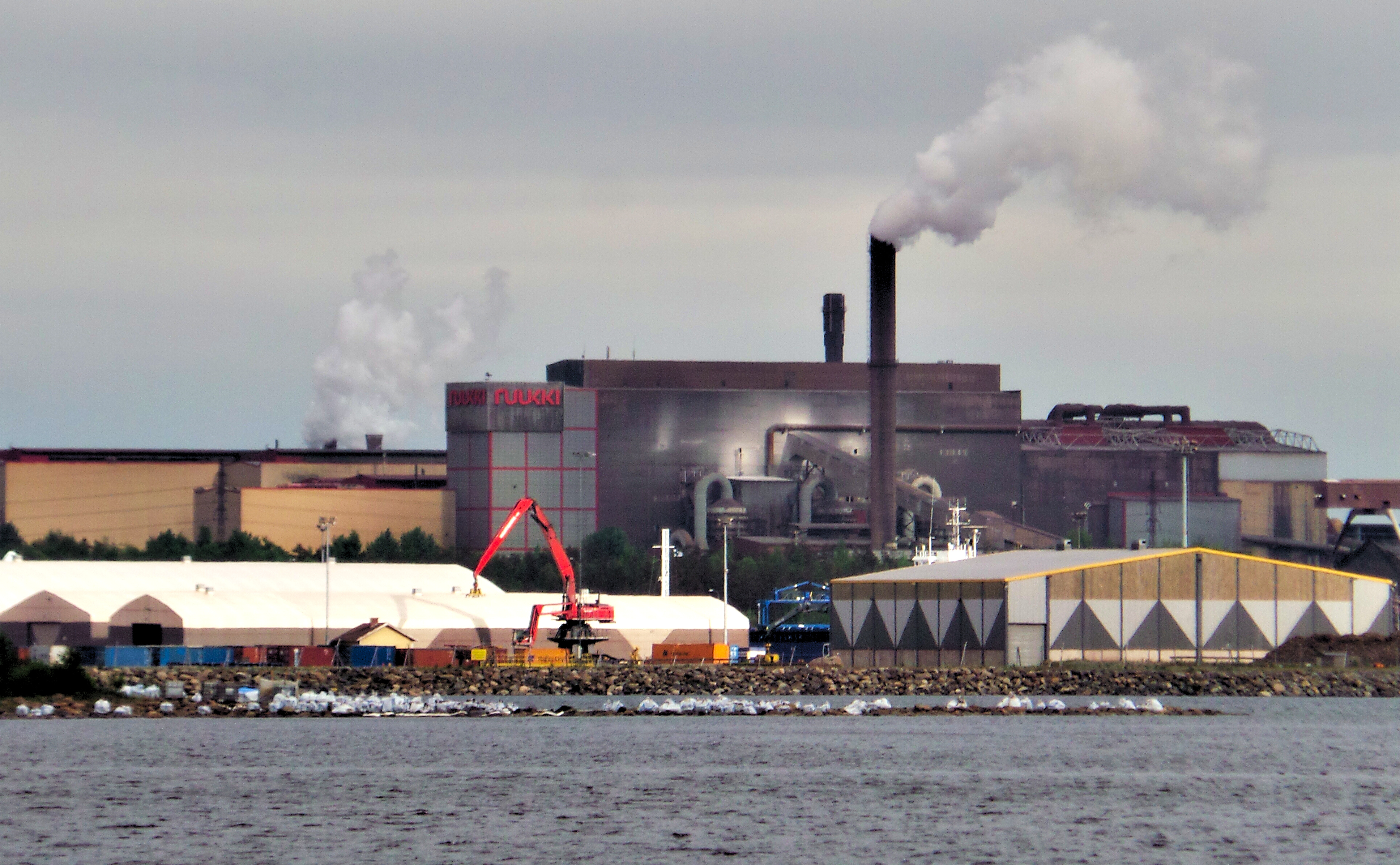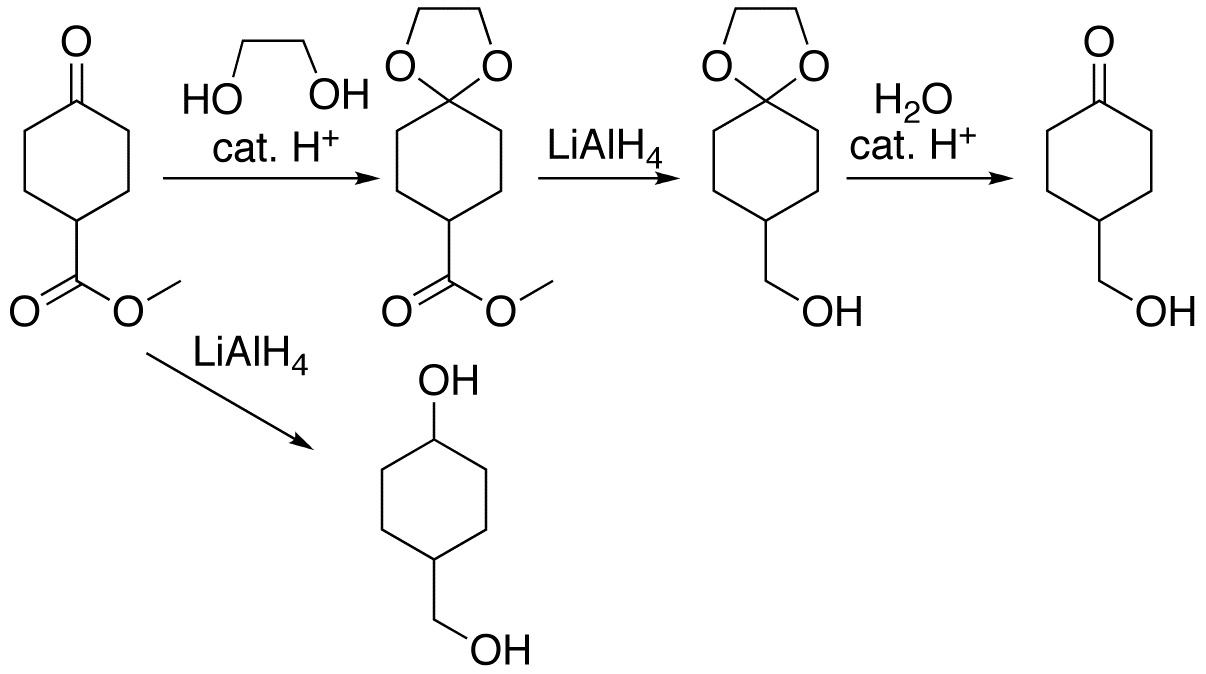|
Sustainable Chemistry
Green chemistry, also called sustainable chemistry, is an area of chemistry and chemical engineering focused on the design of products and processes that minimize or eliminate the use and generation of hazardous substances. While environmental chemistry focuses on the effects of polluting chemicals on nature, green chemistry focuses on the environmental impact of chemistry, including lowering consumption of nonrenewable resources and technological approaches for preventing pollution. The overarching goals of green chemistry—namely, more resource-efficient and inherently safer design of molecules, materials, products, and processes—can be pursued in a wide range of contexts. History Green chemistry emerged from a variety of existing ideas and research efforts (such as atom economy and catalysis) in the period leading up to the 1990s, in the context of increasing attention to problems of chemical pollution and resource depletion. The development of green chemistry in Europe a ... [...More Info...] [...Related Items...] OR: [Wikipedia] [Google] [Baidu] |
Environmental Chemistry
Environmental chemistry is the scientific study of the chemical and biochemical phenomena that occur in natural places. It should not be confused with green chemistry, which seeks to reduce potential pollution at its source. It can be defined as the study of the sources, reactions, transport, effects, and fates of chemical species in the air, soil Soil, also commonly referred to as earth or dirt, is a mixture of organic matter, minerals, gases, liquids, and organisms that together support life. Some scientific definitions distinguish ''dirt'' from ''soil'' by restricting the former te ..., and water body, water environments; and the effect of human activity and biological activity on these. Environmental chemistry is an Interdisciplinarity, interdisciplinary science that includes Atmospheric chemistry, atmospheric, Aquatic chemistry, aquatic and soil chemistry, as well as heavily relying on analytical chemistry and being related to Environmental science, environmental and ot ... [...More Info...] [...Related Items...] OR: [Wikipedia] [Google] [Baidu] |
Paul Anastas
Paul T. Anastas (born May 16, 1962 in Quincy, Massachusetts)David E. Newton''Chemistry of the Environment.''Infobase Publishing, 2009, , p. 185. is an American scientist, inventor, author, entrepreneur, professor, and public servant. He is the Director of Yale University's Center for Green Chemistry and Green Engineering, Previously he served as the Science Advisor to the United States Environmental Protection Agency as well as the Agency's Assistant Administrator for Research and Development, appointed by President Barack Obama. Career Anastas is known widely as the "Father of Green Chemistry" for his work on the design and manufacture of chemicals that are non-hazardous and environmentally benign. He is also a champion of sustainability science and innovation for environmental protection. Anastas has brought worldwide attention to the power of molecular design to help the environment. He has published scores of articles as well as fifteen books, including his seminal w ... [...More Info...] [...Related Items...] OR: [Wikipedia] [Google] [Baidu] |
Redox
Redox (reduction–oxidation, , ) is a type of chemical reaction in which the oxidation states of substrate (chemistry), substrate change. Oxidation is the loss of Electron, electrons or an increase in the oxidation state, while reduction is the gain of electrons or a decrease in the oxidation state. There are two classes of redox reactions: * ''Electron-transfer'' – Only one (usually) electron flows from the reducing agent to the oxidant. This type of redox reaction is often discussed in terms of redox couples and electrode potentials. * ''Atom transfer'' – An atom transfers from one substrate to another. For example, in the rusting of iron, the oxidation state of iron atoms increases as the iron converts to an oxide, and simultaneously the oxidation state of oxygen decreases as it accepts electrons released by the iron. Although oxidation reactions are commonly associated with the formation of oxides, other chemical species can serve the same function. In hydrogen ... [...More Info...] [...Related Items...] OR: [Wikipedia] [Google] [Baidu] |
Chemical Yield
In chemistry, yield, also referred to as reaction yield, is a measure of the quantity of moles of a product formed in relation to the reactant consumed, obtained in a chemical reaction, usually expressed as a percentage. Yield is one of the primary factors that scientists must consider in organic and inorganic chemical synthesis processes. In chemical reaction engineering, "yield", "conversion" and "selectivity" are terms used to describe ratios of how much of a reactant was consumed (conversion), how much desired product was formed (yield) in relation to the undesired product (selectivity), represented as X, Y, and S. Definitions In chemical reaction engineering, "yield", "conversion" and "selectivity" are terms used to describe ratios of how much of a reactant has reacted—conversion, how much of a desired product was formed—yield, and how much desired product was formed in ratio to the undesired product—selectivity, represented as X,S, and Y. According to the ''Ele ... [...More Info...] [...Related Items...] OR: [Wikipedia] [Google] [Baidu] |
Stoichiometry
Stoichiometry refers to the relationship between the quantities of reactants and products before, during, and following chemical reactions. Stoichiometry is founded on the law of conservation of mass where the total mass of the reactants equals the total mass of the products, leading to the insight that the relations among quantities of reactants and products typically form a ratio of positive integers. This means that if the amounts of the separate reactants are known, then the amount of the product can be calculated. Conversely, if one reactant has a known quantity and the quantity of the products can be empirically determined, then the amount of the other reactants can also be calculated. This is illustrated in the image here, where the balanced equation is: : Here, one molecule of methane reacts with two molecules of oxygen gas to yield one molecule of carbon dioxide and two molecules of water. This particular chemical equation is an example of complete combustion. St ... [...More Info...] [...Related Items...] OR: [Wikipedia] [Google] [Baidu] |
Catalysis
Catalysis () is the process of increasing the rate of a chemical reaction by adding a substance known as a catalyst (). Catalysts are not consumed in the reaction and remain unchanged after it. If the reaction is rapid and the catalyst recycles quickly, very small amounts of catalyst often suffice; mixing, surface area, and temperature are important factors in reaction rate. Catalysts generally react with one or more reactants to form intermediates that subsequently give the final reaction product, in the process of regenerating the catalyst. Catalysis may be classified as either homogeneous, whose components are dispersed in the same phase (usually gaseous or liquid) as the reactant, or heterogeneous, whose components are not in the same phase. Enzymes and other biocatalysts are often considered as a third category. Catalysis is ubiquitous in chemical industry of all kinds. Estimates are that 90% of all commercially produced chemical products involve catalysts at some s ... [...More Info...] [...Related Items...] OR: [Wikipedia] [Google] [Baidu] |
Protecting Groups
A protecting group or protective group is introduced into a molecule by chemical modification of a functional group to obtain chemoselectivity in a subsequent chemical reaction. It plays an important role in multistep organic synthesis. In many preparations of delicate organic compounds, some specific parts of their molecules cannot survive the required reagents or chemical environments. Then, these parts, or groups, must be protected. For example, lithium aluminium hydride is a highly reactive but useful reagent capable of reducing esters to alcohols. It will always react with carbonyl groups, and this cannot be discouraged by any means. When a reduction of an ester is required in the presence of a carbonyl, the attack of the hydride on the carbonyl has to be prevented. For example, the carbonyl is converted into an acetal, which does not react with hydrides. The acetal is then called a protecting group for the carbonyl. After the step involving the hydride is complete, the ace ... [...More Info...] [...Related Items...] OR: [Wikipedia] [Google] [Baidu] |
Atom Economy
Atom economy (atom efficiency/percentage) is the conversion efficiency of a chemical process in terms of all atoms involved and the desired products produced. The simplest definition was introduced by Barry Trost in 1991 and is equal to the ratio between the mass of desired product to the total mass of products, expressed as a percentage. The concept of atom economy (AE) and the idea of making it a primary criterion for improvement in chemistry, is a part of the green chemistry movement that was championed by Paul Anastas from the early 1990s. Atom economy is an important concept of green chemistry philosophy, and one of the most widely used metrics for measuring the "greenness" of a process or synthesis. Good atom economy means most of the atoms of the reactants are incorporated in the desired products and only small amounts of unwanted byproducts are formed, reducing the economic and environmental impact of waste disposal. Atom economy can be written as: :\text = \frac \tim ... [...More Info...] [...Related Items...] OR: [Wikipedia] [Google] [Baidu] |
Waste Management
Waste management or waste disposal includes the processes and actions required to manage waste from its inception to its final disposal. This includes the collection, transport, treatment and disposal of waste, together with monitoring and regulation of the waste management process and waste-related laws, technologies, economic mechanisms. Waste can be solid, liquid, or gases and each type has different methods of disposal and management. Waste management deals with all types of waste, including industrial, biological, household, municipal, organic, biomedical, radioactive wastes. In some cases, waste can pose a threat to human health. Health issues are associated throughout the entire process of waste management. Health issues can also arise indirectly or directly. Directly, through the handling of solid waste, and indirectly through the consumption of water, soil and food. Waste is produced by human activity, for example, the extraction and processing of raw materi ... [...More Info...] [...Related Items...] OR: [Wikipedia] [Google] [Baidu] |
Waste Minimisation
Waste minimisation is a set of processes and practices intended to reduce the amount of waste produced. By reducing or eliminating the generation of harmful and persistent wastes, waste minimisation supports efforts to promote a more sustainable society.. Waste minimisation involves redesigning products and processes and/or changing societal patterns of consumption and production. The most environmentally resourceful, economically efficient, and cost effective way to manage waste often is to not have to address the problem in the first place. Managers see waste minimisation as a primary focus for most waste management strategies. Proper waste treatment and disposal can require a significant amount of time and resources; therefore, the benefits of waste minimisation can be considerable if carried out in an effective, safe and sustainable manner. Traditional waste management focuses on processing waste after it is created, concentrating on re-use, recycling, and waste-to-ener ... [...More Info...] [...Related Items...] OR: [Wikipedia] [Google] [Baidu] |
Efficient Energy Use
Efficient energy use, sometimes simply called energy efficiency, is the process of reducing the amount of energy required to provide products and services. For example, insulating a building allows it to use less heating and cooling energy to achieve and maintain a thermal comfort. Installing light-emitting diode bulbs, fluorescent lighting, or natural skylight windows reduces the amount of energy required to attain the same level of illumination compared to using traditional incandescent light bulbs. Improvements in energy efficiency are generally achieved by adopting a more efficient technology or production process or by application of commonly accepted methods to reduce energy losses. There are many motivations to improve energy efficiency. Decreasing energy use reduces energy costs and may result in a financial cost saving to consumers if the energy savings offset any additional costs of implementing an energy-efficient technology. Reducing energy use is also seen as a s ... [...More Info...] [...Related Items...] OR: [Wikipedia] [Google] [Baidu] |
Renewable Energy
Renewable energy is energy that is collected from renewable resources that are naturally replenished on a human timescale. It includes sources such as sunlight, wind, the movement of water, and geothermal heat. Although most renewable energy sources are sustainable, some are not. For example, some biomass sources are considered unsustainable at current rates of exploitation. Renewable energy often provides energy for electricity generation to a grid, air and water heating/cooling, and stand-alone power systems. Renewable energy technology projects are typically large-scale, but they are also suited to rural and remote areas and developing countries, where energy is often crucial in human development. Renewable energy is often deployed together with further electrification, which has several benefits: electricity can move heat or objects efficiently, and is clean at the point of consumption. In addition, electrification with renewable energy is more efficient and therefore ... [...More Info...] [...Related Items...] OR: [Wikipedia] [Google] [Baidu] |






